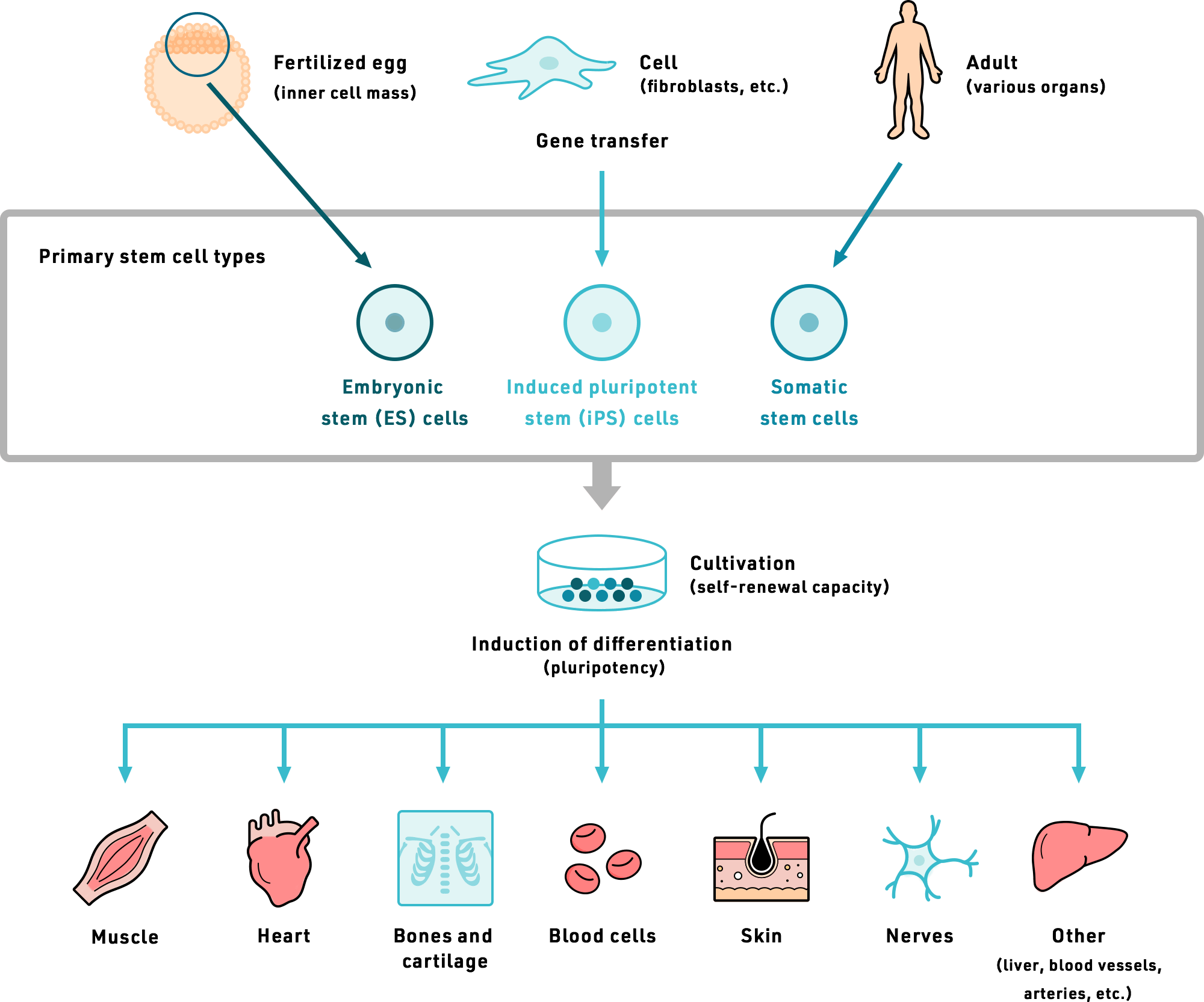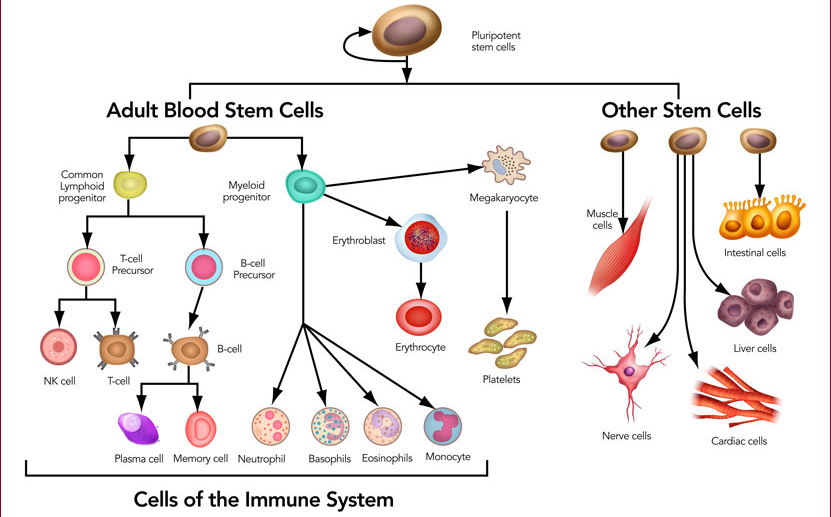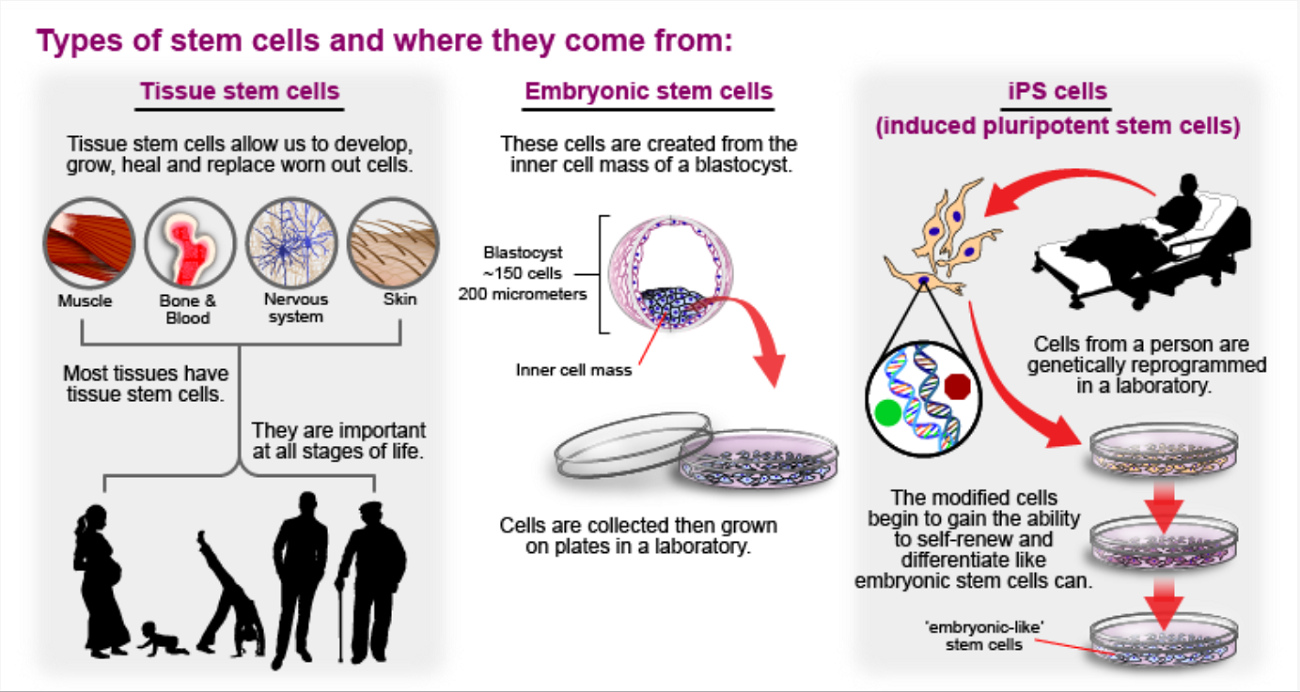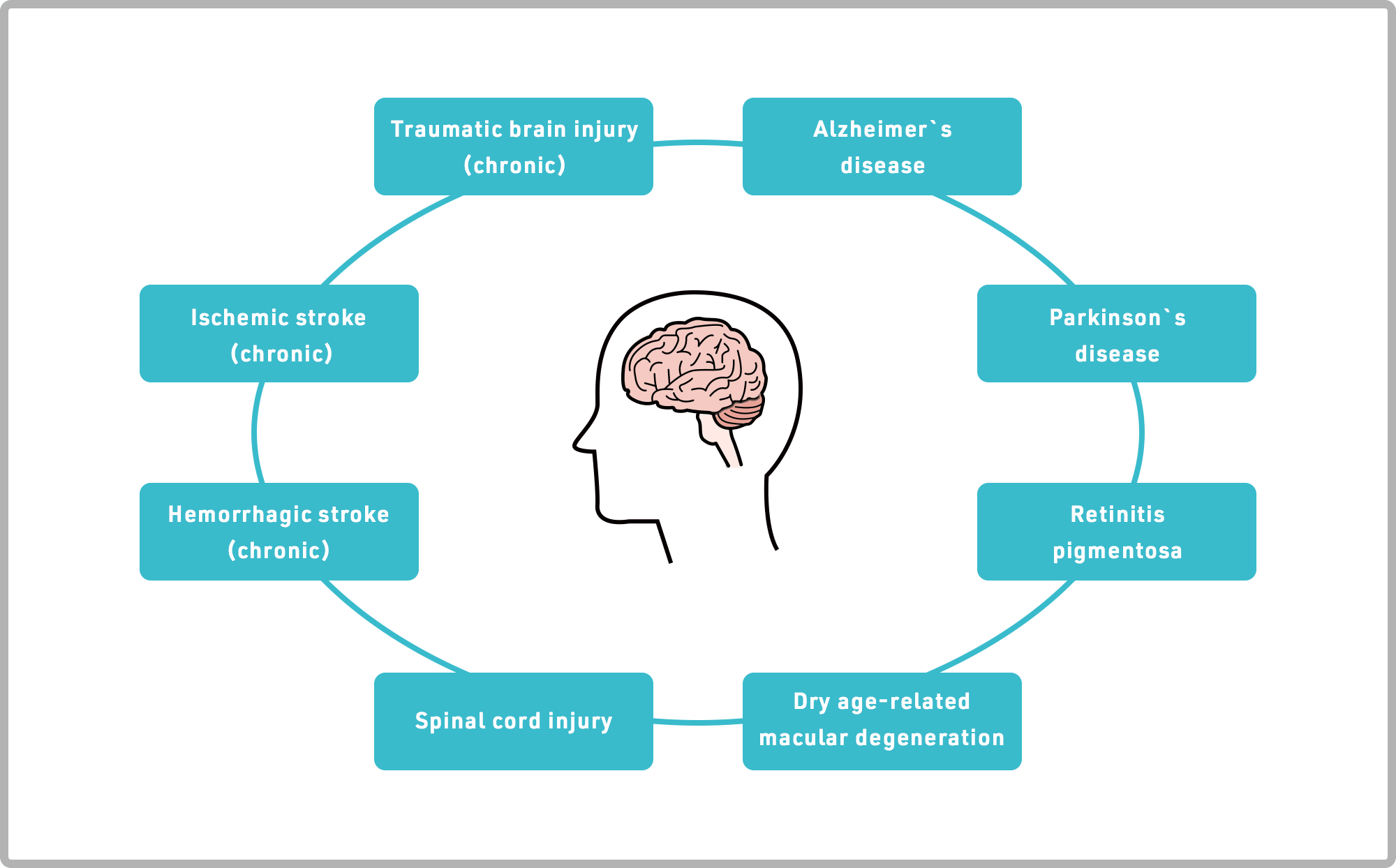Table of Contents

[/image][=video]
[/video]
The majority of sites made use of for bone marrow harvesting are situated in the hip bones and the sternum. The treatment occurs in the operating room. The contributor will be anesthetized throughout the harvest and will certainly not feel the needle. In recovery, the contributor may experience some pain in the areas where the needle was put.

If an autologous transplant is prepared, previously accumulated stem cells, from either peripheral (apheresis) or harvest, are counted, screened, and all set to instill. The preparations for a bone marrow transplant vary depending on the type of transplant, the condition needing transplant, and your resistance for specific medications. Take into consideration the following: Usually, high doses of radiation treatment and/or radiation are included in the preparations.
This treatment is frequently called ablative, or myeloablative, as a result of the result on the bone marrow. The bone marrow generates the majority of the blood cells in our body. Ablative treatment prevents this procedure of cell production and the marrow comes to be vacant. A vacant marrow is required to make space for the new stem cells to expand and develop a new members cell production system.
It is not an operation to place the marrow right into the bone, however resembles receiving a blood transfusion. The stem cells locate their method into the bone marrow and begin duplicating and expanding brand-new, healthy and balanced blood cells. After the transplant, helpful treatment is given to protect against and treat infections, adverse effects of treatments, and issues.
Regenerative Therapy around Garden City, Michigan
The days before transplant are counted as minus days. The day of transplant is considered day zero. Engraftment and recovery adhering to the transplant are counted as plus days.
The days are phoned number to assist the person and family comprehend where they are in terms of threats and discharge planning. During infusion of bone marrow, the person may experience the following: Pain Chills High Temperature Hives Breast discomfort After mixture, the patient might: Spend a number of weeks in the healthcare facility Be extremely at risk to infection Experience excessive blood loss Need blood transfusions Be restricted to a tidy atmosphere Take numerous prescription antibiotics and various other medicines Be provided medication to stop graft-versus-host diseaseif the transplant was allogeneic.
Platelets are usually the last blood cell to recover. Engraftment can be postponed since of infection, medicines, low contributed stem cell matter, or graft failing.
Microbial infections are the most common. Viral and fungal infections can be dangerous. Any kind of infection can cause an extensive healthcare facility keep, prevent or delay engraftment, and/or reason irreversible organ damage. Anti-biotics, antifungal medicines, and antiviral medicines are typically offered to attempt to avoid major infection in the immunosuppressed client. Thrombocytopenia (reduced platelets) and anemia (reduced red cell), as a result of a nonfunctioning bone marrow, can be harmful and even deadly.
Liquid overload is a complication that can lead to pneumonia, liver damage, and high blood pressure. The major factor for fluid overload is because the kidneys can not maintain up with the huge amount of fluid being offered in the type of intravenous (IV) medications, nourishment, and blood items.
Regenerative Therapy

Breathing condition is a crucial feature that might be jeopardized during transplant. Infection, swelling of the respiratory tract, liquid overload, graft-versus-host condition, and blood loss are all potential life-threatening complications that might happen in the lungs and lung system. The liver and heart are very important organs that might be damaged during the transplant process.
Failing of the graft (transplant) taking hold in the marrow is a potential problem. Graft failure may occur as an outcome of infection, recurring condition, or if the stem cell count of the donated marrow was insufficient to cause engraftment. Graft-versus-host condition (GVHD) can be a severe and serious complication of a bone marrow transplant.
In contrast to an organ transplant where the client's immune system will certainly attempt to reject only the transplanted body organ, in GVHD the new or hair transplanted immune system can assault the whole patient and all of his or her organs. This is due to the fact that the new cells do not identify the cells and organs of the recipient's body as self.

The most typical sites for GVHD are GI tract, liver, skin, and lungs. Diagnosis significantly depends on the following: Sort of transplant Type and extent of the illness being dealt with Illness feedback to therapy Genes Your age and general wellness Your tolerance of certain medications, procedures, or treatments Severity of issues Just like any kind of procedure, in bone marrow transplant the prognosis and lasting survival can vary considerably from individual to person.
Hormone Therapy
Constant follow-up treatment is crucial for the person following a bone marrow transplant. New methods to boost treatment and to reduce complications and adverse effects of a bone marrow transplant are continuously being discovered.
Accessed June 5, 2017. The hope is to restore broken cells that will certainly not sufficiently recover by itself. Regenerative medication therapies can be separated right into 3 groups: help with healing by infusing or placing real-time cells into the person. Instances of mobile treatment consist of PRP and stem cell therapies, which can be made use of to treat tendinopathy and other sporting activities injuries.
Phys Medication Rehabil Clin N Am. 2014; 25( 4 ):881 -95. As time passes, private physicians discover and share details, improving the application of these treatments. See Are PRP Injections Effective?Until more is understood, regenerative medicine therapies are not taken into consideration basic method and insurance coverage plans generally do not cover them. Many patients agree to pay out-of-pocket. is progressing promptly with developmentsin stem cells, genetics therapy, and tissue engineering. This short article explores these ingenious methodologies, highlighting their transformative possibility for tissue and organ fixing. are poised to revolutionize clinical therapies and boost client outcomes. Cell regrowth, the process of recovering shed cells to recuperate regular function, differs throughout various tissues and organs. In Drosophila larval wing discs, cells immune to apoptosis help cells regrowth. Computer mouse number pointer regrowth is mediated by the blastema, containing numerous progenitor cells, as highlighted in this research.: The variety of cells within a tissue can impact regrowth. Peripheral nerves, for instance, include Schwann cells, nerve fibroblasts, and immune cells, each contributing in nerve regrowth, as talked about below. These elements communicate dynamically, making cell regeneration a complicated procedure that differs based upon the details cells or organ. Cell regeneration plays an important duty in keeping the body's total health and wellnessand well-being. It is in charge of fixing and replacing damaged or aging cells, guaranteeing the appropriate functioning of body organs and tissues. Reliable cell regeneration therapy can significantly impact the therapy of different clinical problems, including degenerative illness, injuries, and even the aging process. A number of considerable milestones have marked the development of cell regeneration study. In the late 18th century , Italian biologist Lazzaro Spallanzani conducted introducing experiments on the regrowth of amphibian arm or legs, offering proof for the regenerative capacity of specific organisms. In the 20th century, the discovery of stem cells by Canadian scientists Ernest McCulloch and James Till changed the area. Harold E. Varmus, that played an essential role in clarifying the hereditary basis of cancer, and Dr. Michael S. Brown and Dr. Joseph L. Goldstein, that discovered the role of low-density lipoprotein (LDL) receptors in cholesterol metabolic rate. Stem cell treatment is one of one of the most extensively looked into and promising branches of cell regeneration treatment. This irritant causes a localized inflammation response, which prompts the release of growth elements and the employment of regenerative cells. With time, the regenerative cells help with the repair service and regrowth of hurt cells, supplying alleviation to individuals struggling with chronic bone and joint pain or joint instability. Cartilage material regeneration therapy concentrates on restoring harmed or deteriorated cartilage, which plays a critical function in joint function and movement. Some cells, such as epithelial cells in the skin or the lining of the stomach system, have a high turn over price and can regrow swiftly. On the other hand, cells in the central nerve system, such as neurons, have restricted regenerative ability. This difference is generally due to the intricacy of the cells, the existence of repressive factors, and the cellular setting. Cell regeneration treatment uses promising options for speeding up injury healing and treating different injuries.
Navigation
Latest Posts
Stem Cell Therapy around Garden City, Michigan
Menopause Therapy
Perimenopause Treatment in Garden City, Michigan